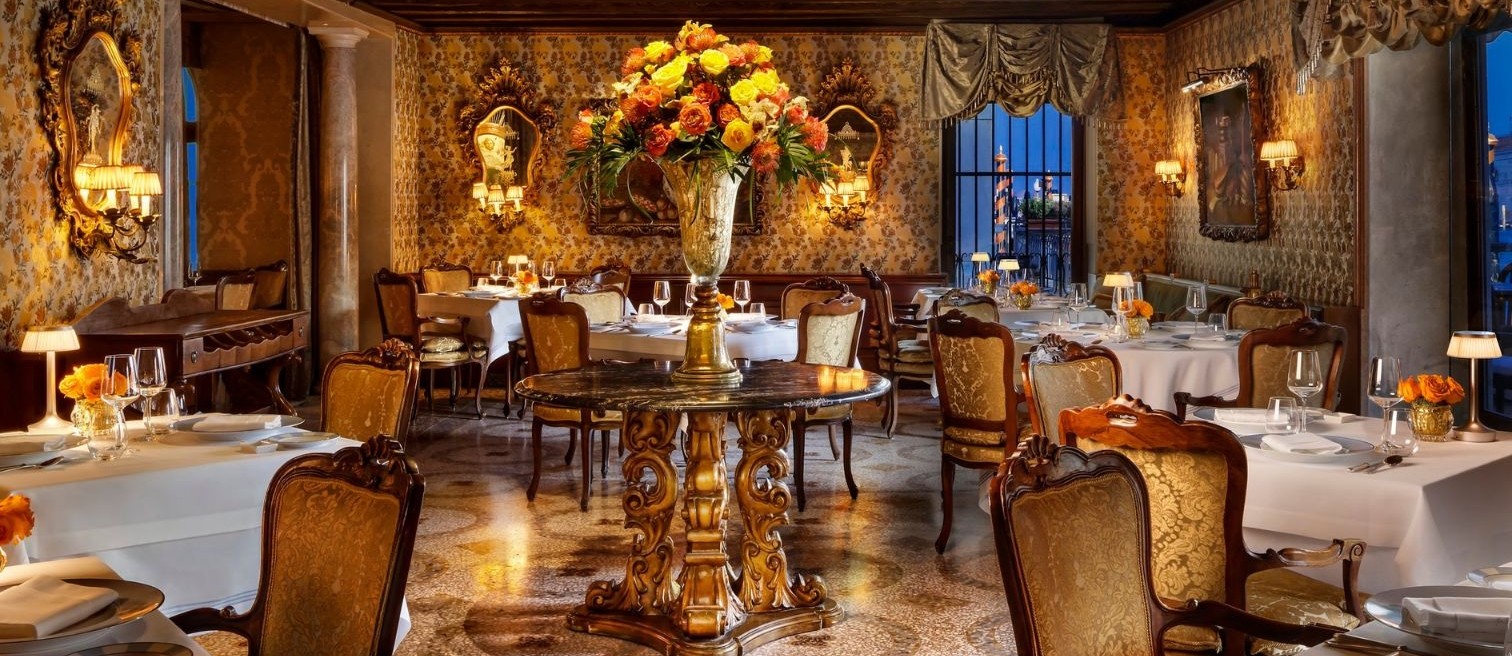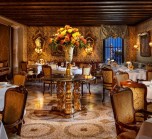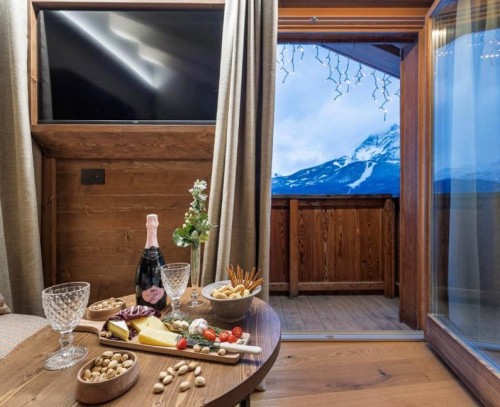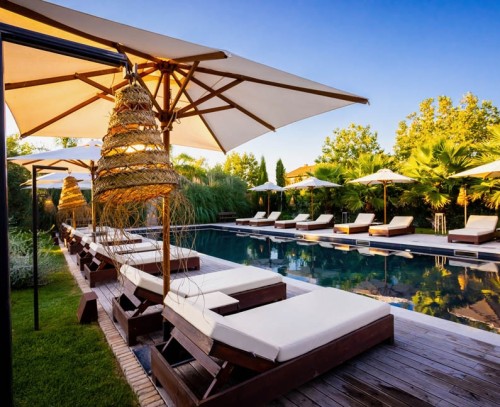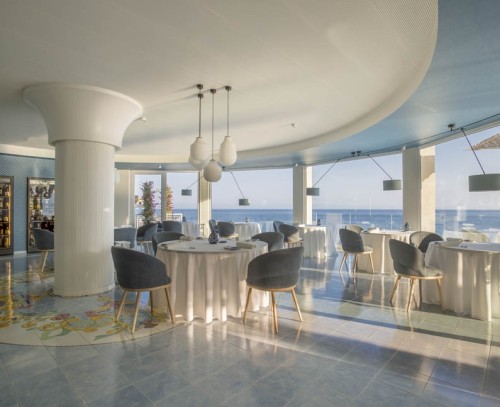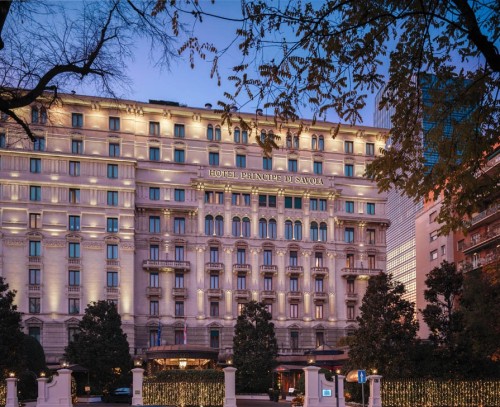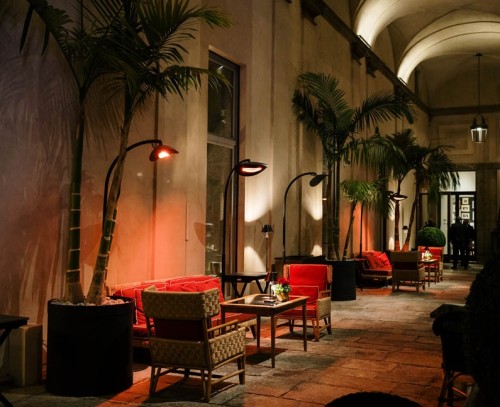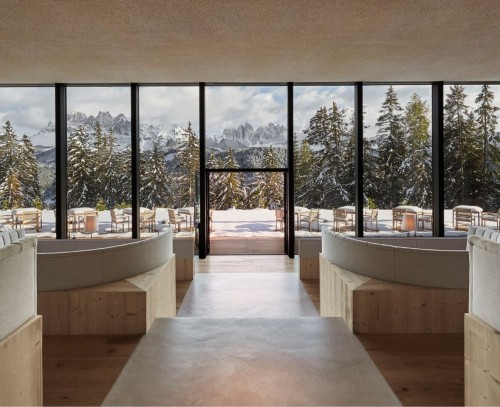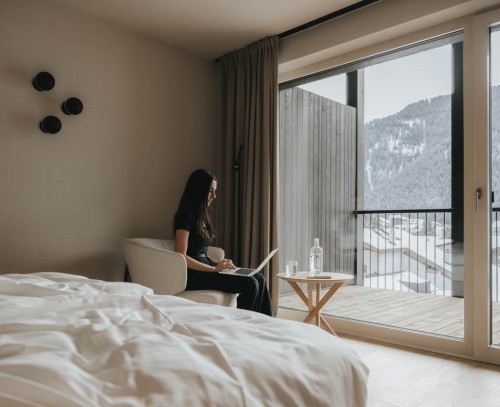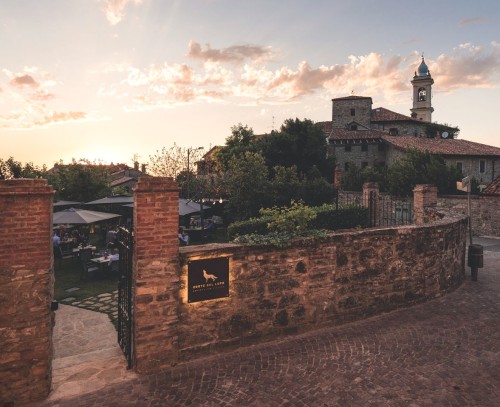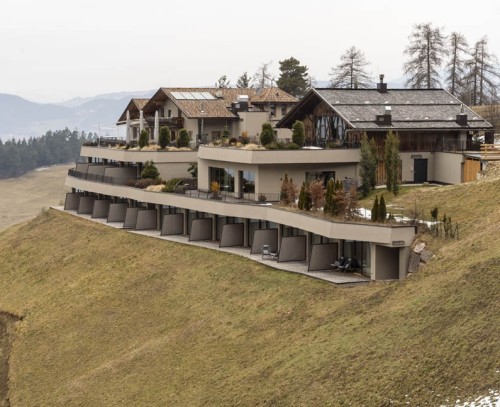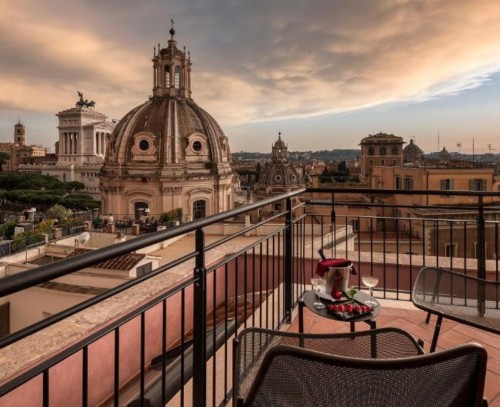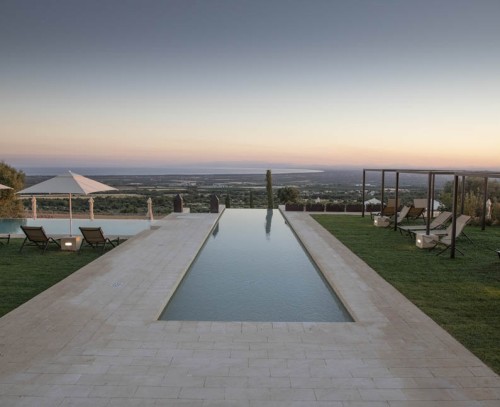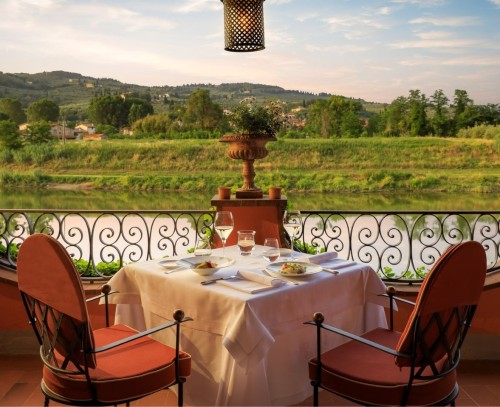The most iconic of Venice's grand hotels renews its food offerings, enjoyed on tables along Canal Grande. Alberto Fol, a luxury hôtellerie professional in the lagoon since 2008, signs it: "We focus on Veneto products: fish from the Rialto market, barena herbs, our artichokes." But his is a quick slide among the stakes of hotel cuisine.
The hotel
There is no questioning on the place's charm: Pallazzo Gritti is a 15th-century jewel, formerly the residence of Doge Andrea Gritti, right in front of the Basilica of Santa Maria della Salute, whose façade was once frescoed by Giorgione.
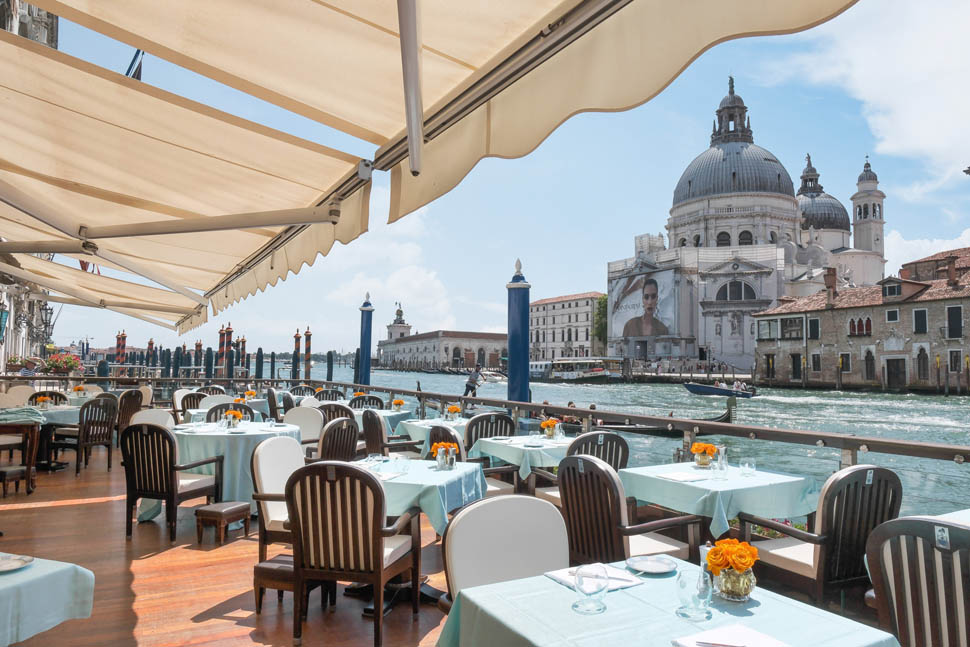
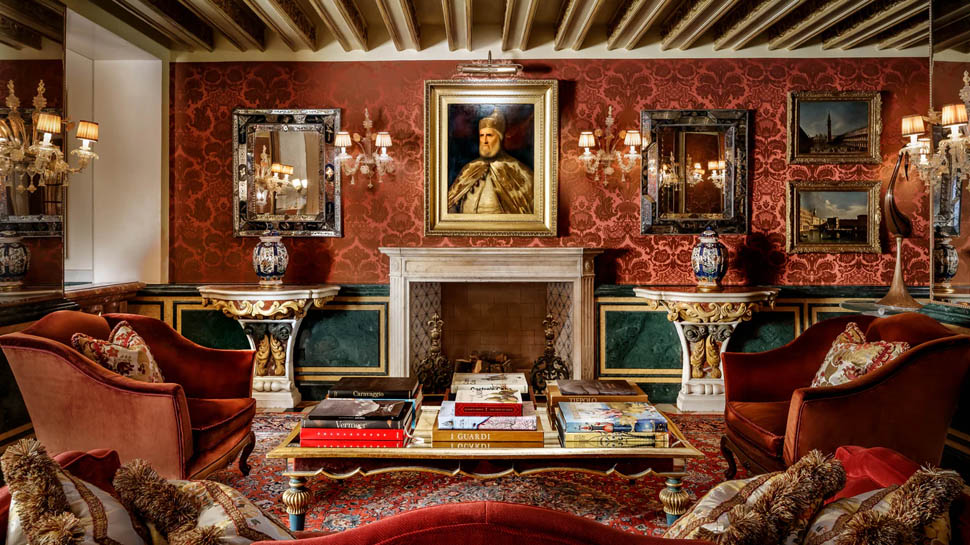
Throngs of artists have passed through here, from Hemingway to Igor Stravinsky, bewitched by the aura of exclusivity and the Visconti atmosphere. And, in fact, it is hard to envision such an offering, if one thinks of the terrace of the private suite with Jacuzzi and endless views of the lagoon, or the tables of the restaurant Il Club del Doge, which line Canal Grande.
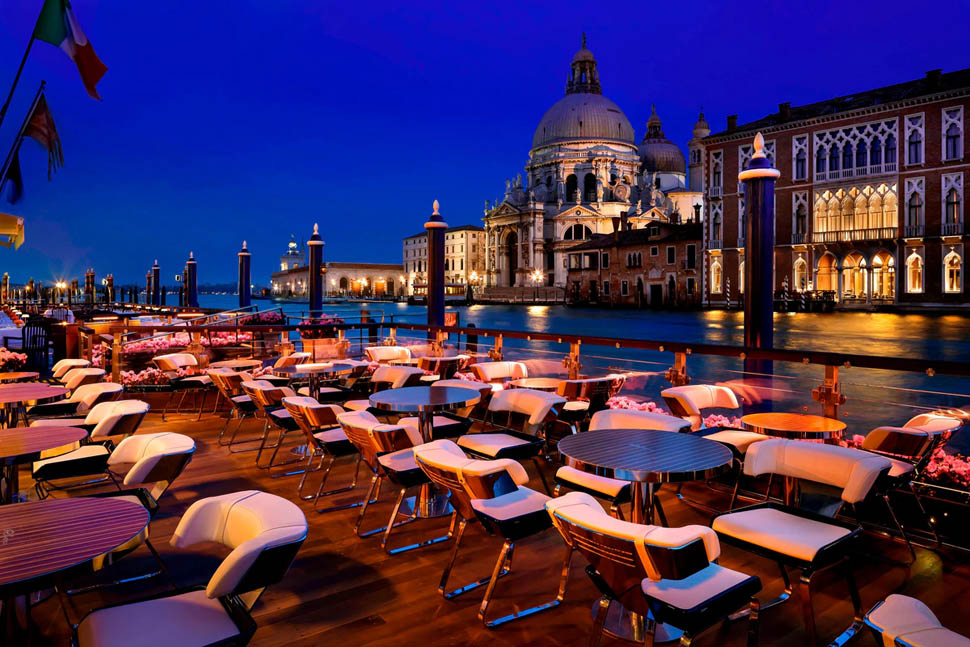
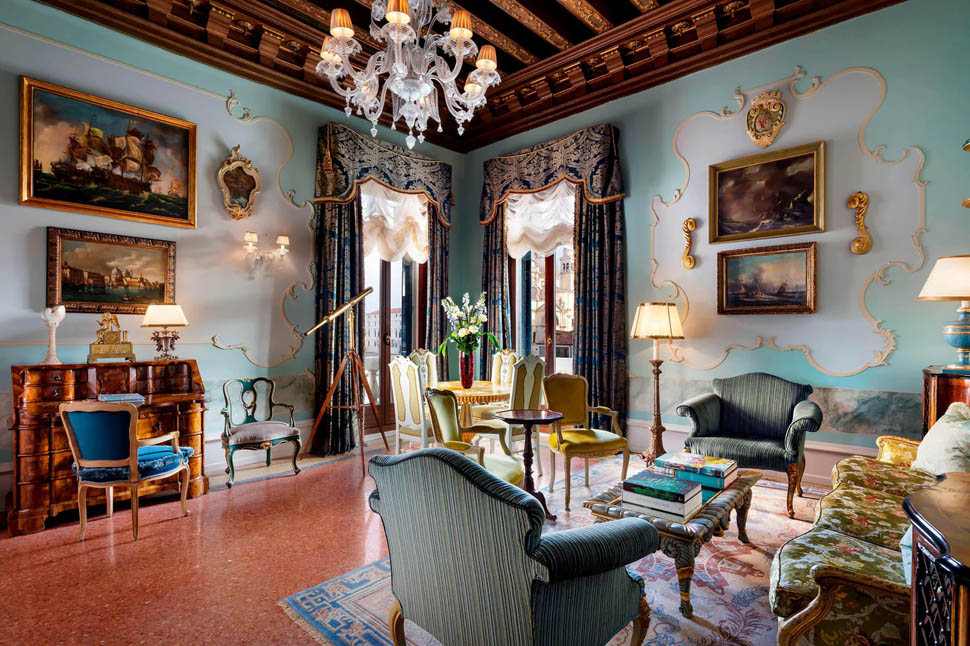
The chef
With chef Andrea Turco leaving last year, director Paolo Lorenzoni has focused on Venetian-ness, choosing as his new executive Alberto Fol, who has worked in the lagoon continuously since 2008, but had already climbed into the gondola in the past. Not least, because his DNA is from Veneto: mother from Cortina, father from Falcade, he grew up in the family hotel in the Belluno Alps, where the vocation entangled him at an early age. After attending hotelier school at the ski college, he had his first experiences in Treviso and at MarePineta in Milano Marittima, where the brigade already had 25 toques, then in Cortina and St. Moritz, at the Excelsior Des Bains and for the first time at The Gritti, as commis in 1998. He had long been at the Danieli when he returned there as chef.
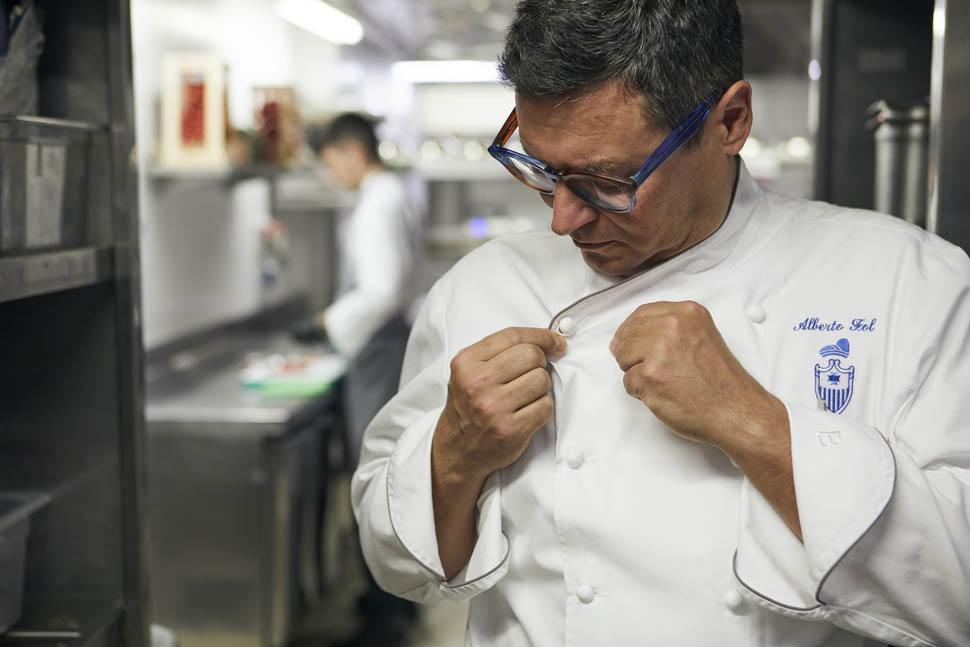
"Having grown up in a hotel, this role is in my DNA. I find it particularly stimulating to manage different realities; here for example, in addition to the restaurants, we have the cooking school, events, often guest request to be served in the suites. Something dynamic, requiring a managerial approach that is often underestimated in Italy." At lunch, there is the bistro, with an informal proposal consisting of club sandwiches, hamburgers, fegato alla veneziana (Venetian liver), baccalà mantecato (creamed cod) or milanese con l'osso (Milanese cutlet with bone); then on Sundays, the rich sweet and savory brunch.
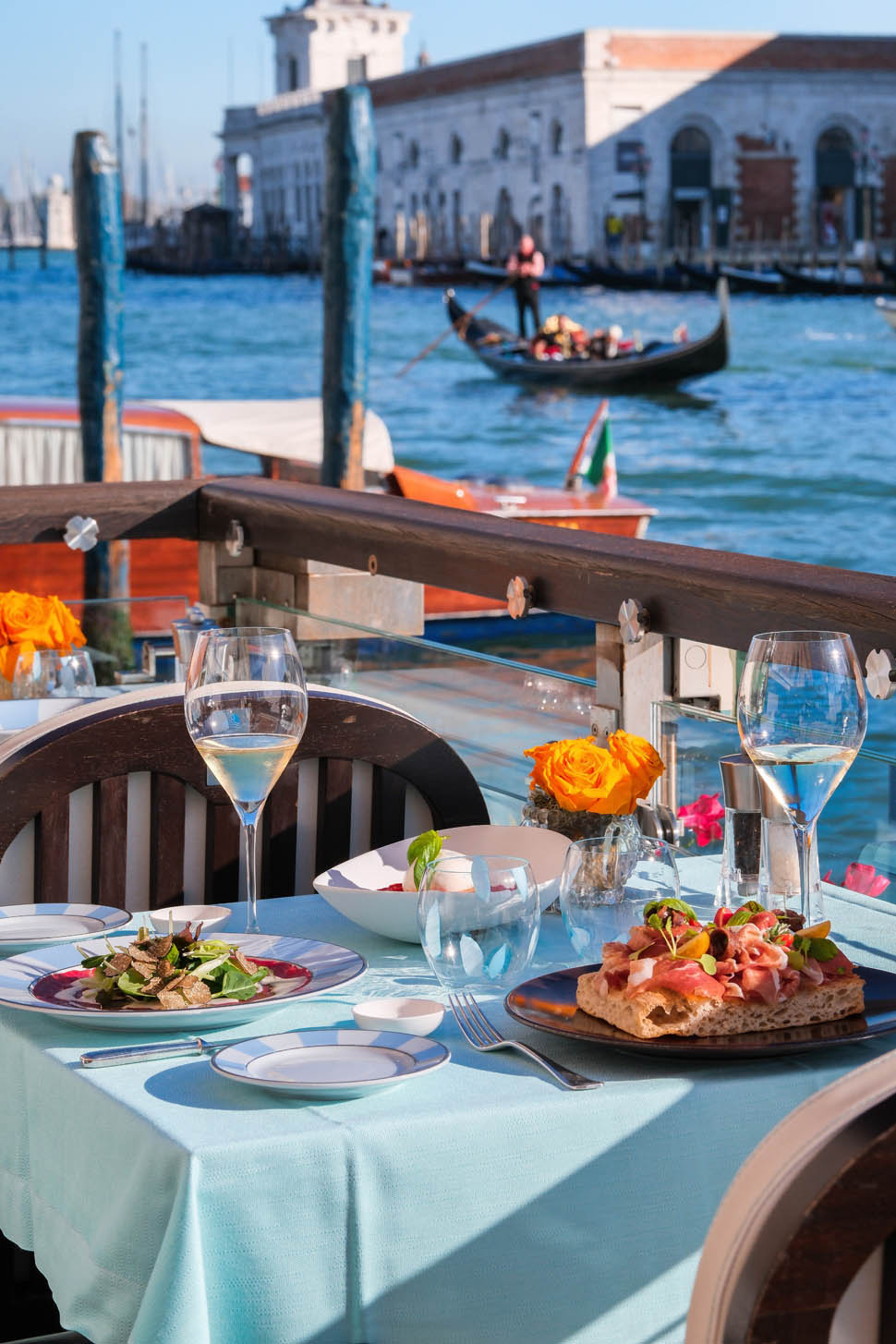
The clientele, Fol tells us, is mixed: as in all great hotels, there is the foodie, and there are those looking for a quiet evening; it is often international, but there are also Italians and non-residents, although the price-range is very high (the 8-courses menu costs 190 euros, plus any 100 euros of wine pairing), in tune with the nobility of the places. "During our meeting, Lorenzoni told me that he was first and foremost concerned with keeping it authentic Italian, enhancing genuine products, such as our artichokes grown in Mazzorbetto or Tuscan ham sliced during breakfast."
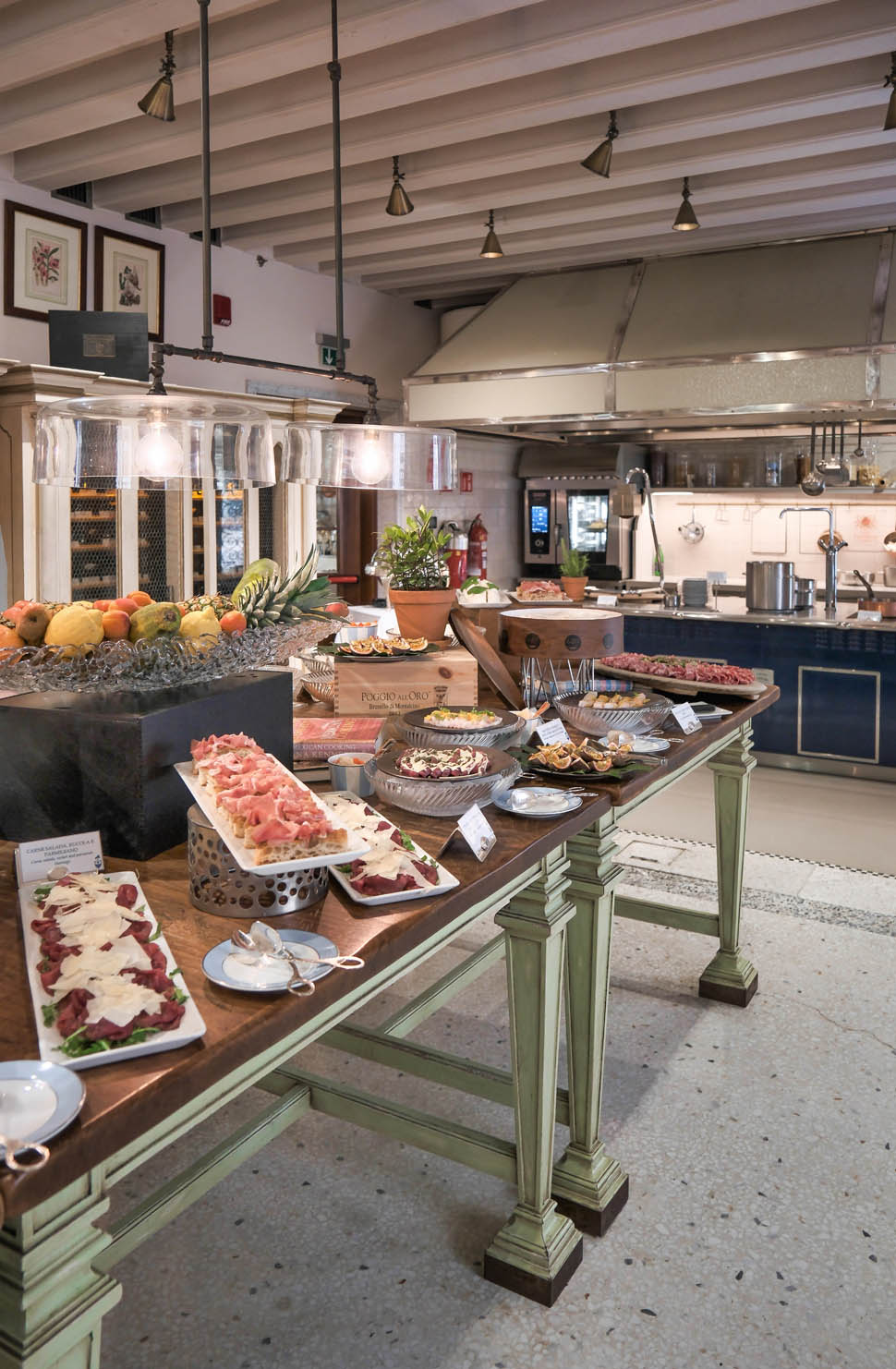
The fish comes from Rialto market, the vegetables from suppliers in Cavallino or Sant'Erasmo, meats are from the region, whether garronese, wagyu from the Dolomites or lamb from Alpago, the corn is local. "Because we are in the middle of the sea, but hills are nearby." There are about 30 toques in the brigade to process them, including six pastry chefs and three seconds, one of whom is assigned only to the cooking school. The cellar is prestigious, and expanding on the emerging front, beyond blazons with good depth of vintages.
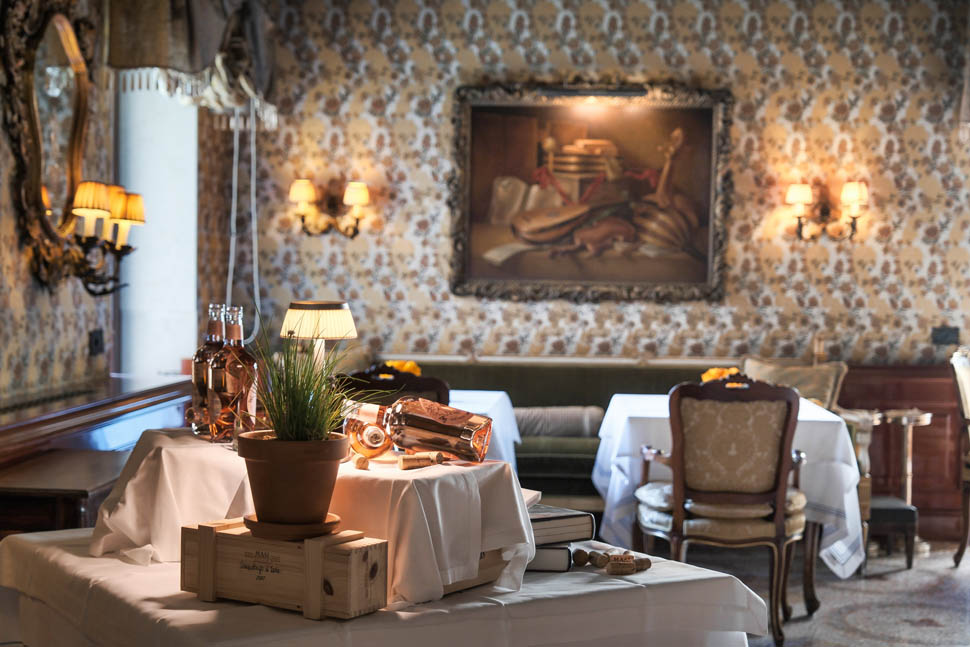
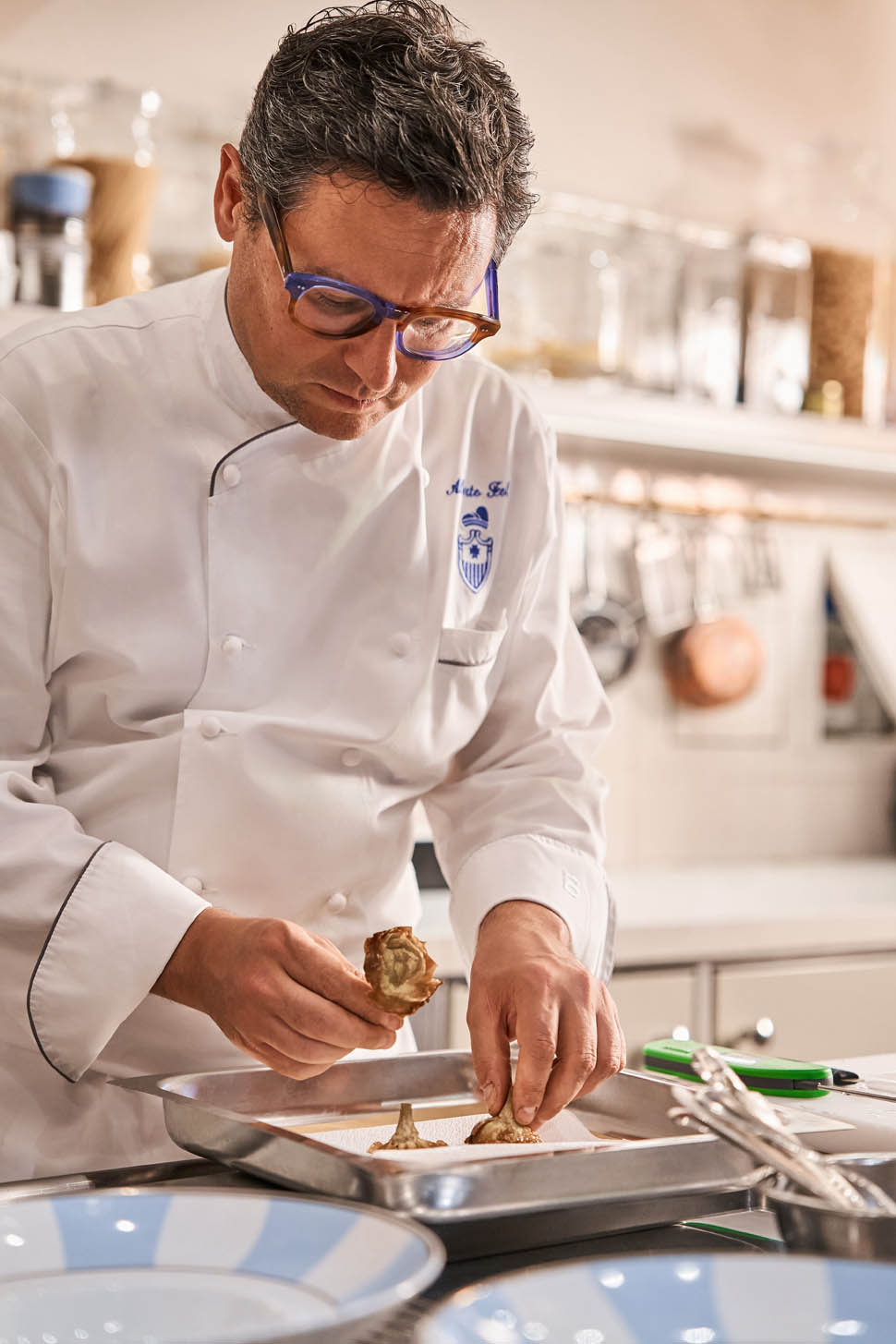
The dishes
The proposal describes a skillful slalom between hotel kitchen stakes, as befits a skier. It starts with the vegetable, with "split pea tempeh", harvested in May, peeled, dried, and set aside for winter soups. An ingredient from memory undergoing contemporary reworking in the form of umami-driven tempeh, refreshed by creamed basil, mint, various sprouts and fermented pine nuts.
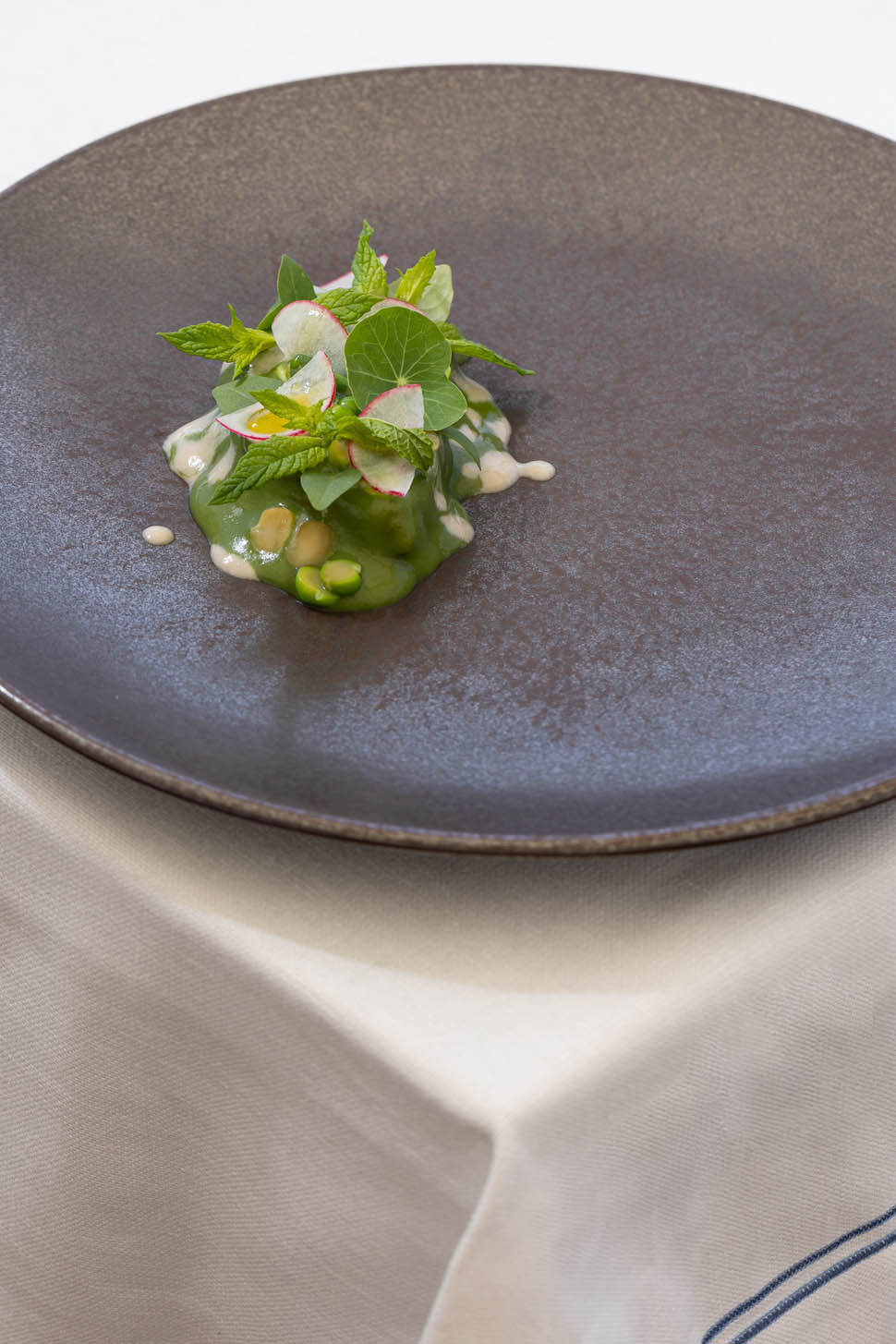
Then another typical Venetian product, the "granseola" (or spider crab), made summery by the very fresh peach ceviche and paired with a side dish of chickpea flour piadina with caviar, fresh barena (a traditional lagoon herb) and dehydrated herbs in "lagoon curry" (sea fennel, purslane, samphire, mugwort).
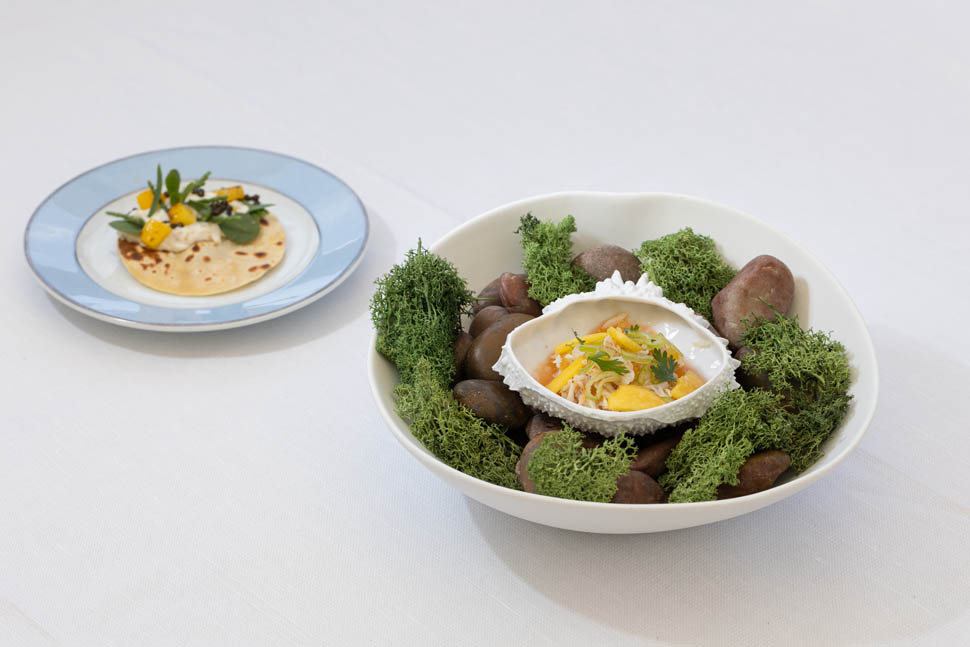
"Raw gurnard" is marinated in a reduction of mantis shrimp and razor clams, and served with almond milk lightly drizzled with parsley oil, seaweed powder, sea lettuce and celery. Then the scenic and tasty "tagliatelle stuffed with redfish", rolled to accommodate a scorpionfish and verbena guazzetto, squid, and sautéed chicory.

"The spaghettone" is served in salsa, that of bigoli (another typical preparation of the region), made from fresh sardines, pickled in oil and under-salted, whipped for creaminess; balancing the savoriness is a marinated Veneto cowhide crudo, with caper cream, reassembling the harmonies of a meat tartare in liaison with the fish.
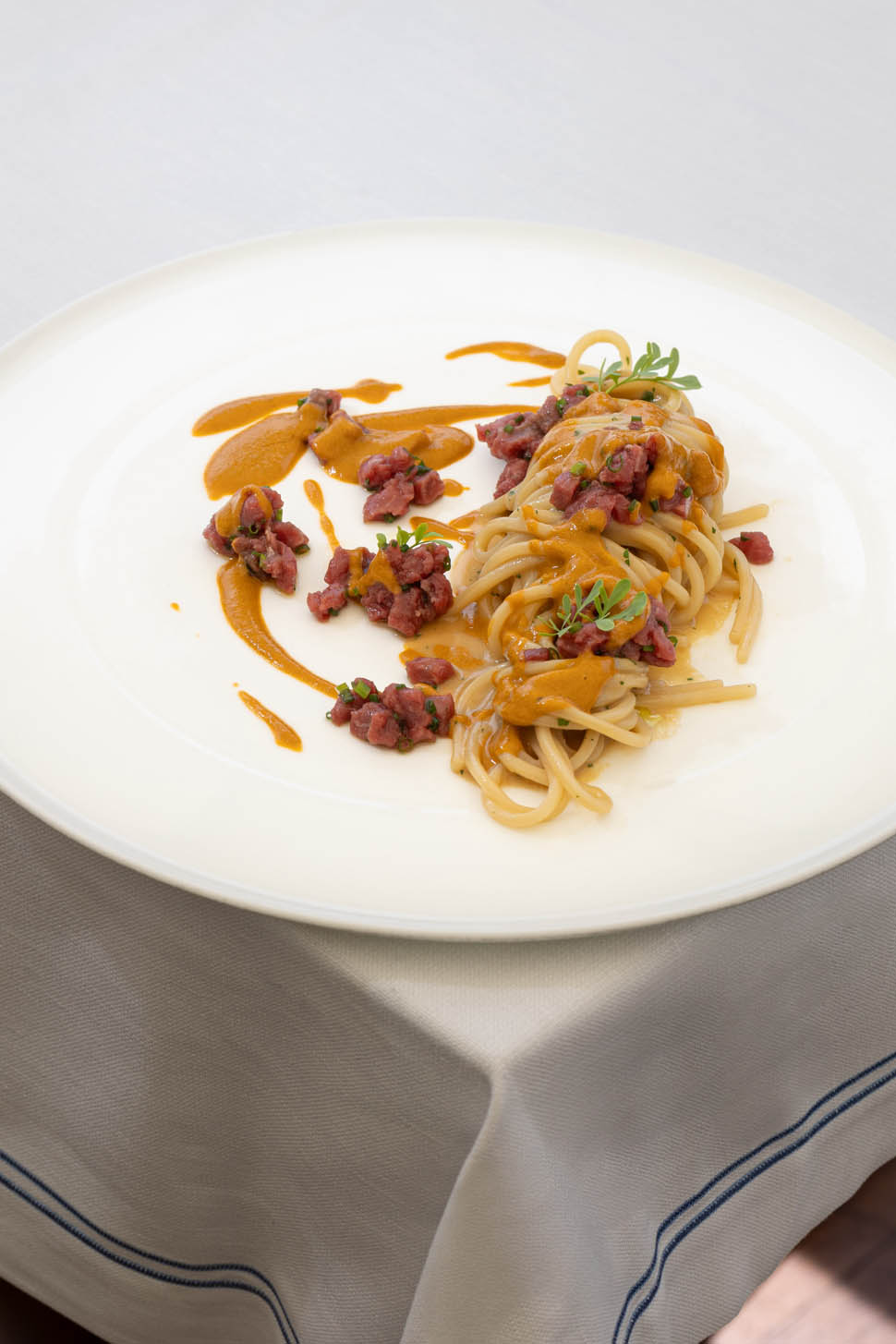
The savory is closed by the "roasted and steamed ombrine with various summer roots", daikon, radishes, Jerusalem artichokes, oxalis tuberosa, raw, cooked, creamed, plus lemon gel and 'nduja oil. Surf and turf.
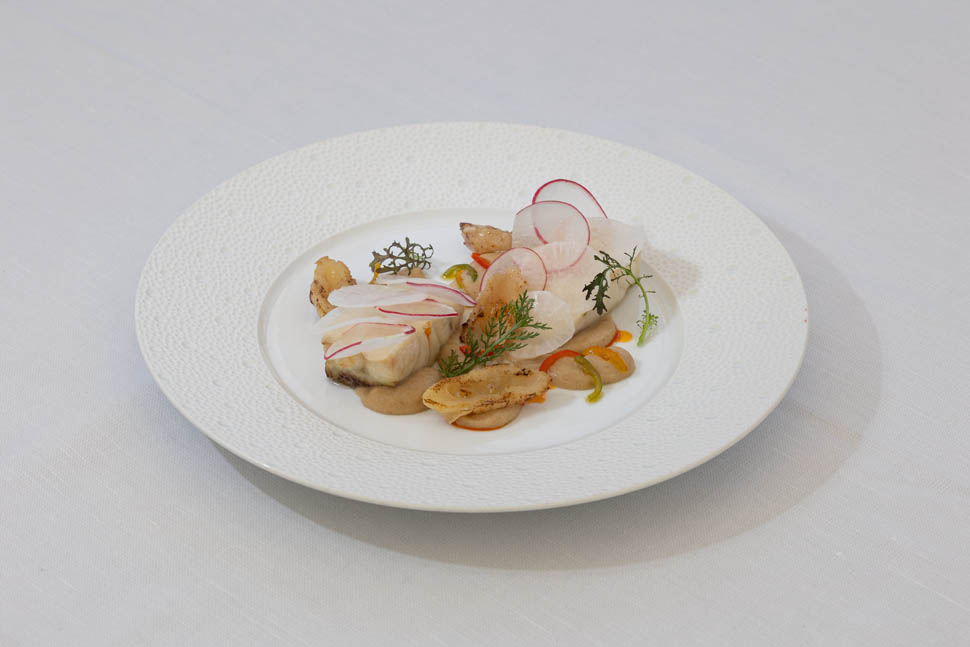
Surprising in conclusion, the "vegetarian dessert" composed of sucrine, marinated lemon cream, bergamot sorbet, white chocolate creamy, extra virgin oil and citrusy Timut pepper, which centers the palindrome of a crudité at the end of the meal.
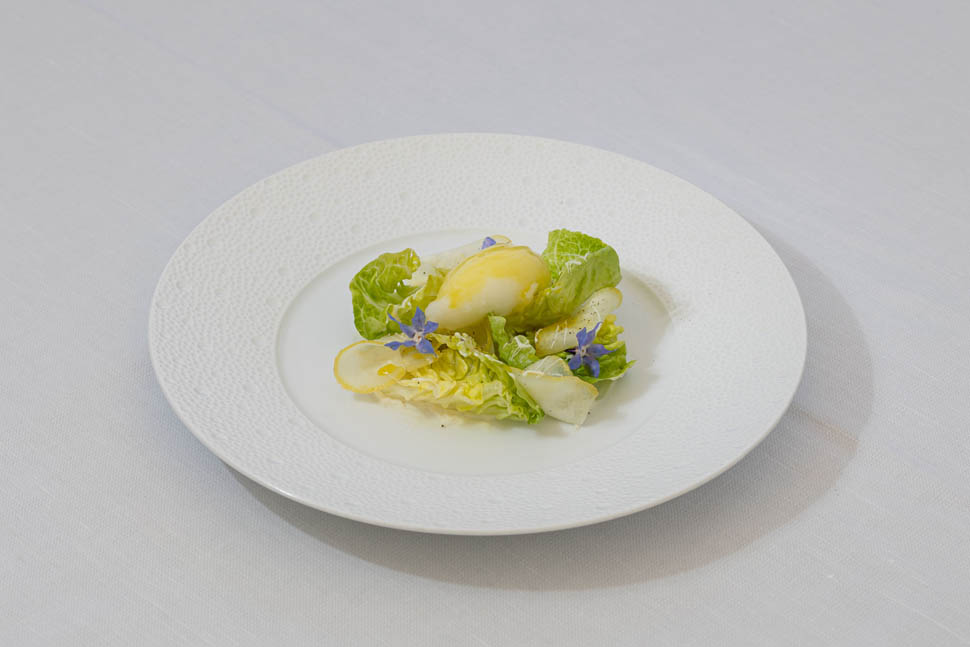
Campo Santa Maria del Giglio, 2467, 30124 Venezia, Venezia VE, Italia
Telefono: 041 794611
